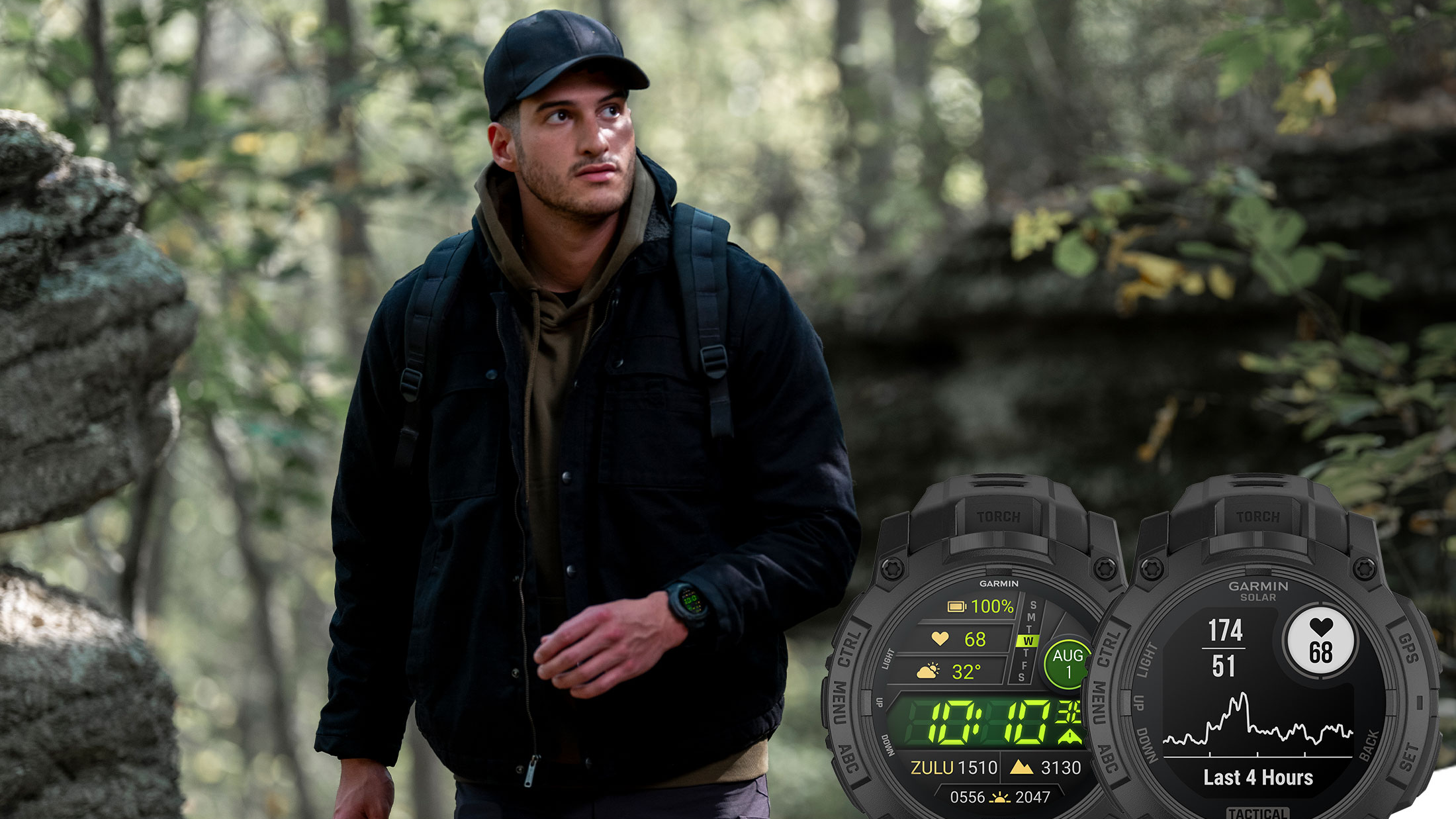Running hat vs headband: what to wear up there?
There’s a lot more to consider in the questions of running hat vs headband than meets the eye
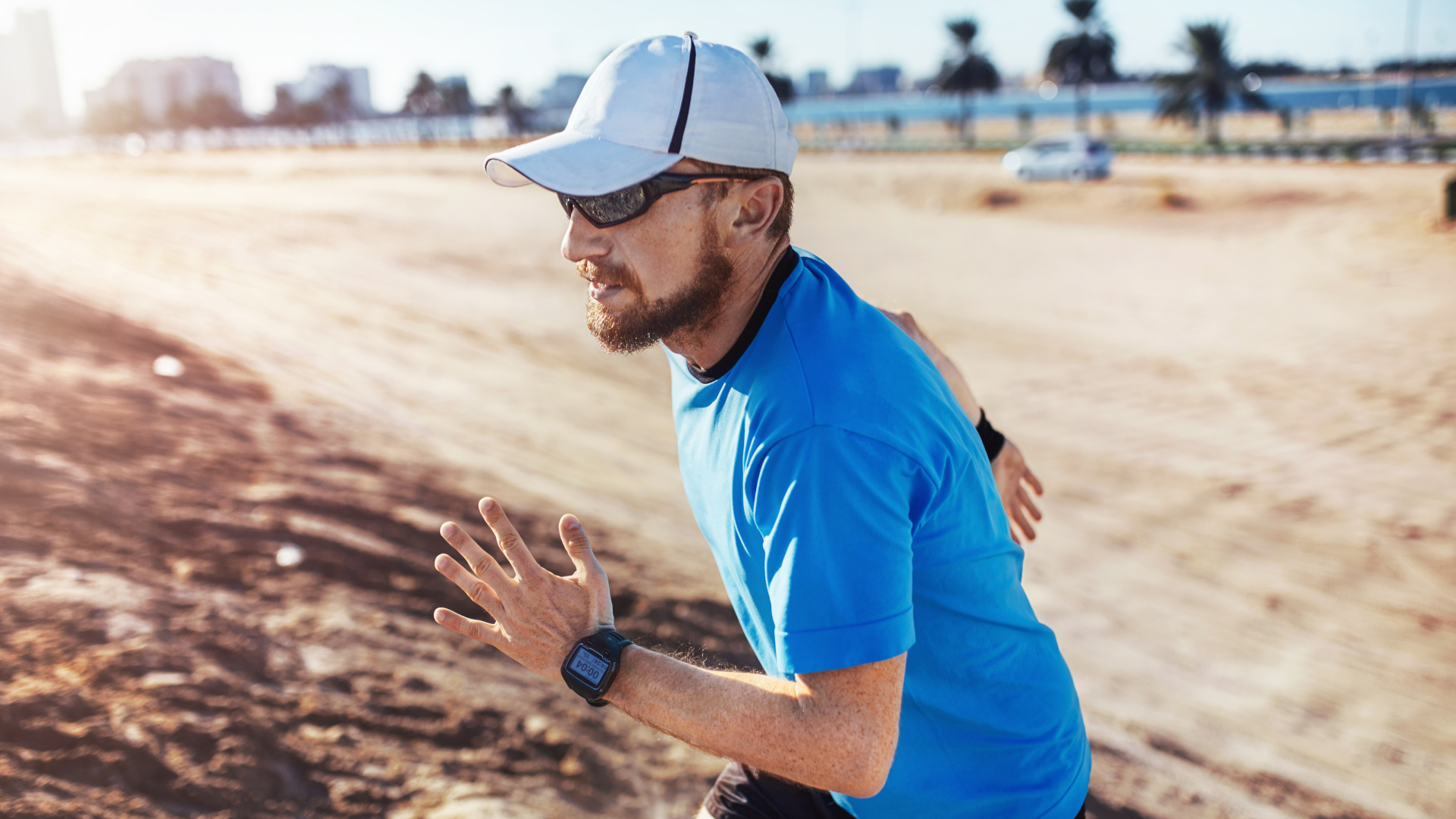
If you’re picking up the pace on the trails, no matter the season, you might be trying to figure out the right type of coverage for your head. You’ve found the best trail running shoes for stability and responsiveness underfoot and running leggings that you don’t have to keep tugging up every five minutes, but sweat in your eyes, hair in your face, a sunburnt nose or cold ears can all affect your performance and enjoyment on the trail. You need a running hat or a headband, but which?
A running hat with a peak can help to keep the sun off your face and cover your crown, while a skullcap for colder weather provides insulation, but it can be a challenge to find the perfect one. Meanwhile, a headband is a simpler solution embraced by many, but has some limitations. As we discovered when we compared the two options side by side, there’s a lot more to consider in the questions of running hat vs headband than meets the eye.

Running hat vs headband: coverage
Perhaps needless to say, a running hat will give you more coverage than a headband because it covers the crown of your head. This means more warmth in winter and more sun protection for your parting or bald spot. Furthermore, if you want to keep the sun off your face, a peaked cap or visor will do the trick, but a headband won’t do you much good in that department.
That said, a running headband will cover your ears, which a hat probably won’t, and that can be great for keeping a cold wind (and flying bugs) out of your ear holes as well as a little sun protection.
Running hat vs headband: warmth
If you’re looking for something to keep your head or ears warm during colder runs, then a cap won’t do you much good, but either a warmer headband made from merino wool like my Smartwool Merino 250 Reversible band or a skullcap should keep your ears and forehead warm, while a skullcap will win out slightly because it covers your bald spot too, if you have one.
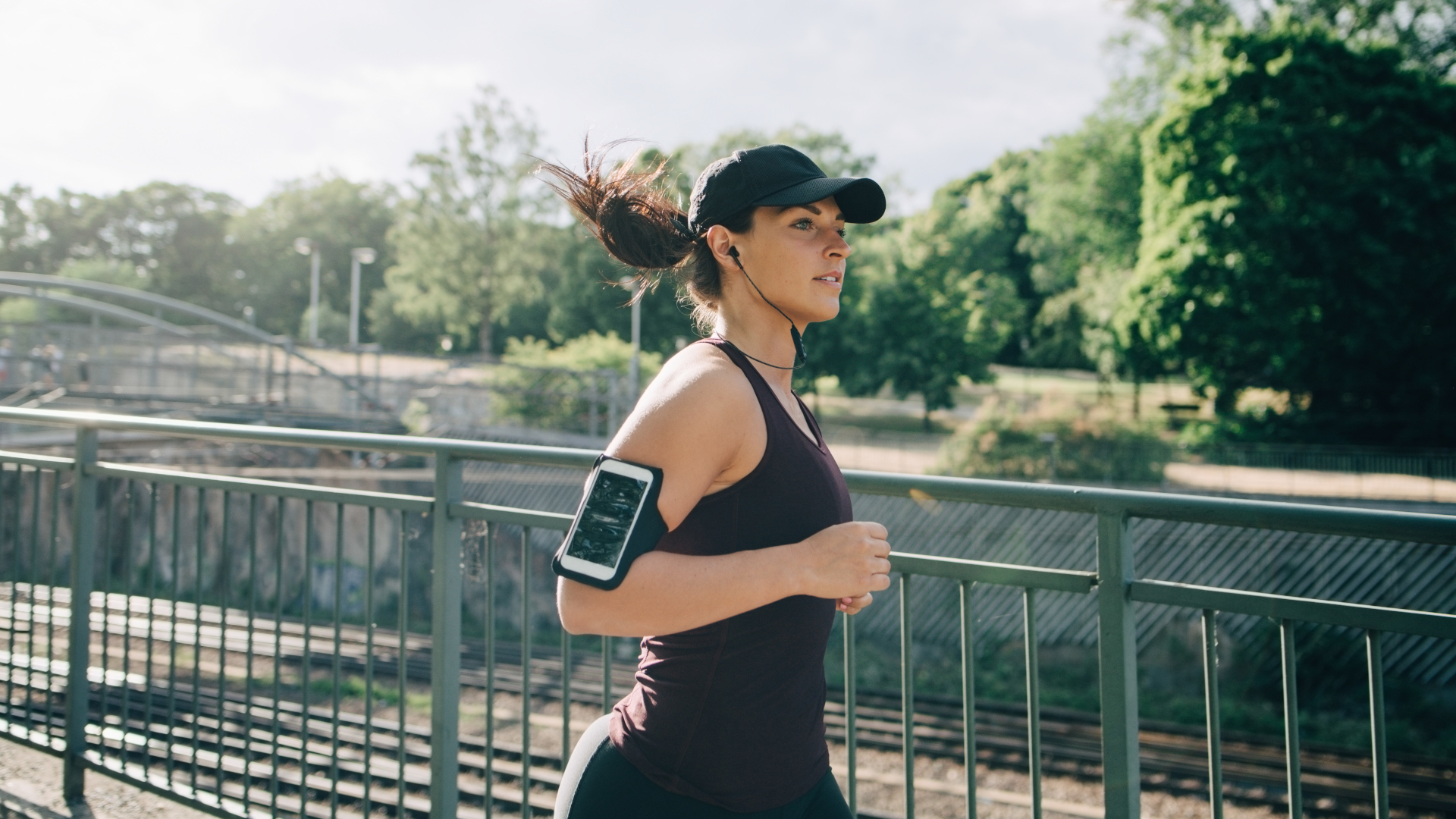
Running hat vs headband: breathability
Where a hat gives you more coverage on top, it also means that heat and sweat have a harder time escaping if it's not a visor, so it’s important to look for one built for running that is made from a breathable fabric or mesh. In the winter, a synthetic beanie is best whereas in the summer, look for a cap with mesh panels.
All but the most chunky headbands (like the Patagonia Powder Town) should offer great breathability, since they’re usually made from merino wool or synthetic materials, and there’s a big hole at the top to let sweat escape.
Advnture Newsletter
All the latest inspiration, tips and guides to help you plan your next Advnture!
Running hat vs headband: sweat protection
If you sweat a lot, you probably want to look into a headband since it will usually do a better job of soaking up sweat from your forehead before it gets in your eyes causing temporary blindness compared to either a running cap or skullcap.
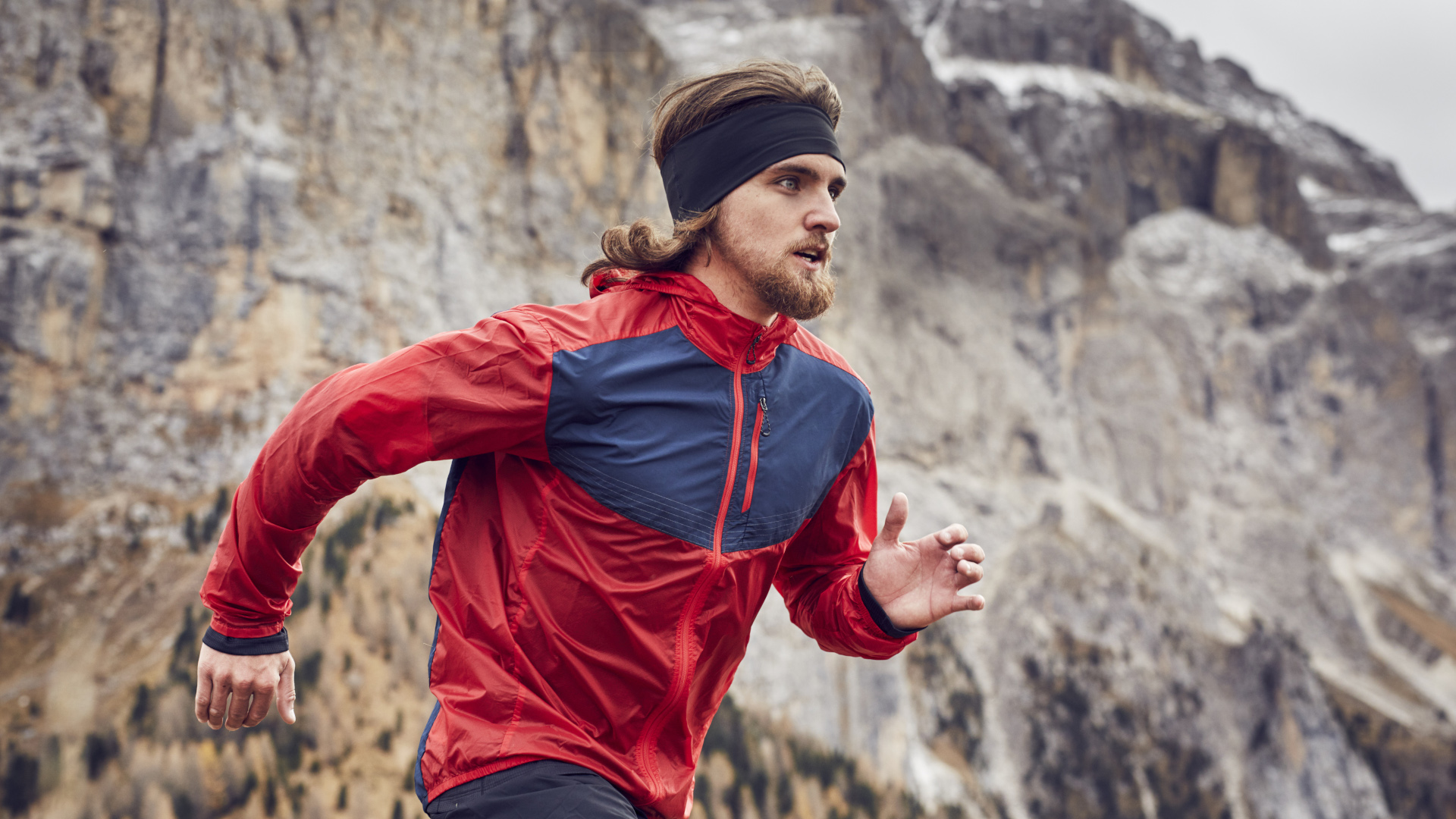
Running hat vs headband: versatility
If you’re looking for something you can wear across different activities, I’ve actually found my Artilect Darkhouse Headband is light enough for summer running, but warm enough for a cool hike or even as a reinforcement under my beanie for cold, windy days. It fits under my ski helmet too. You could wear your headband for yoga and to the gym as well as on the trail.
Any running hat, be it a peaked cap or skullcap, could arguably be used for hiking in the right conditions too, but it’s more likely that you’d want more warmth for cold hikes, whereas a cap doesn’t provide any warmth and isn’t really all that great for yoga or gym workouts, so you could definitely argue they’re less versatile.
Running hat vs headband: ease of use
A headband seems like the easiest thing in the world. Just pull it on and go for a run, no messing around trying to figure out where to put your ponytail. But oddly enough, some running headbands really don’t work with some head shapes, and end up popping off the back just when you’ve found your stride. On the other hand, they’re super easy to care for as you can just chuck them in the washing machine with your running top and pants.
Running hats, if they’re of the cap and visor variety, can take a little more fiddling to adjust to your head and figure out where to put your hair, but once on they tend to stay in place, though a strong wind can definitely grab it off your head. Any good running hat should also be machine washable without losing its shape.
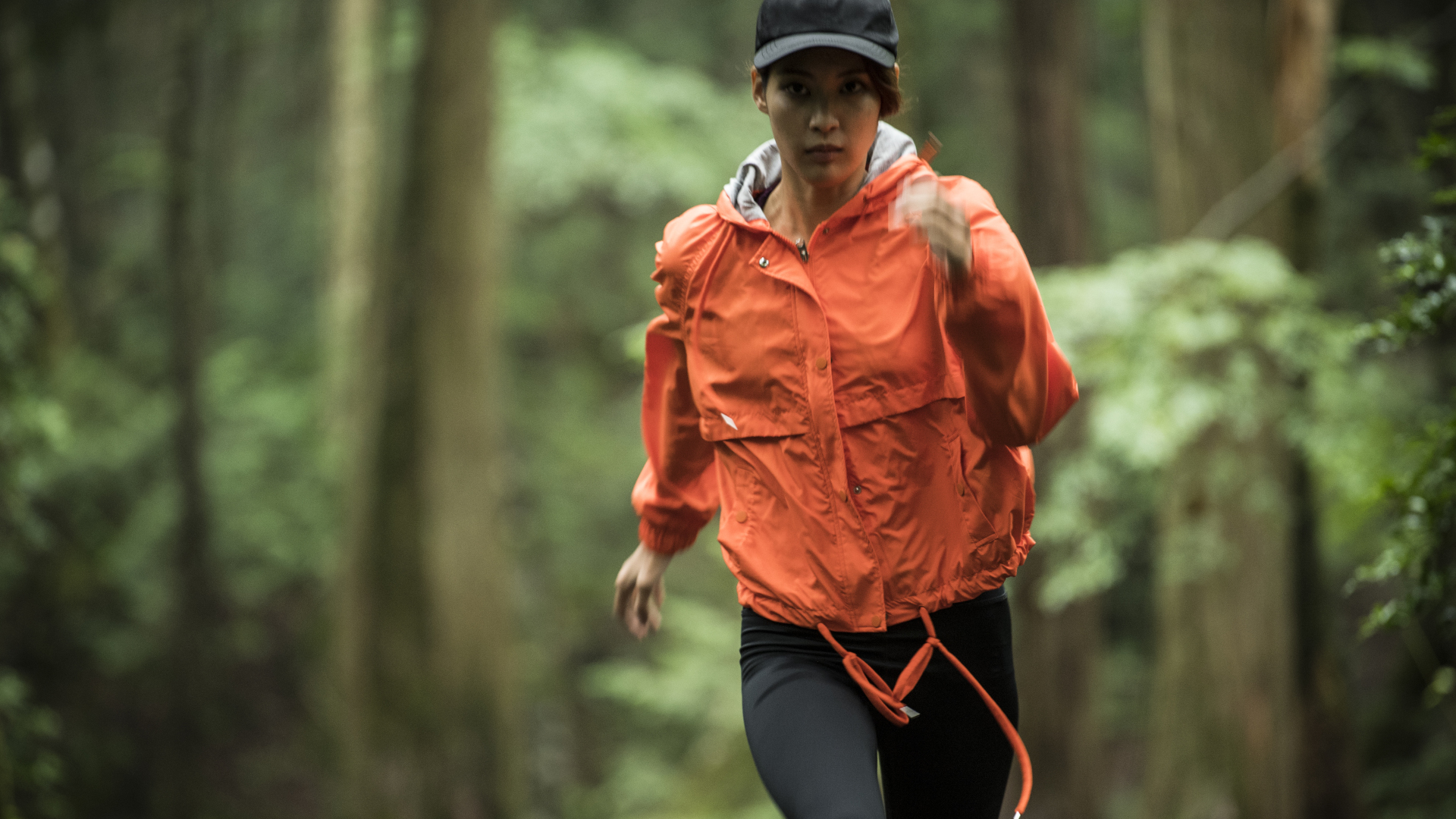
Running hat vs headband: price
Neither of these pieces of gear is particularly expensive, but headbands are overall a bit cheaper, usually costing less than $20, while a more technical running hat like the Dynafit React Visor Band could run all the way up to around $40. That said, a running hat should last a really long time, while a headband will slowly lose its elastic, especially with washing, and may need to be replaced sooner.
| Header Cell - Column 0 | Running hat | Running headband |
|---|---|---|
| Coverage | Covers crown, peaked hats cover face | Only covers ears and forehead |
| Warmth | Only skullcaps provide insulation | Keeps your ears warm |
| Breathability | Breathability is limited if it's not a visor, look for mesh panels and synthetic fabrics | Great breathability |
| Sweat protection | Doesn't soak up sweat so well | Great for keeping sweat out of your eyes |
| Versatility | Not super versatile, though can also be used for hiking | Very versatile across lots of activities |
| Ease of use | Need adjusting, but pretty good at staying in place unless it's windy | Easy to pull on, don't always stay on |
| Price | Up to $40 | Up to $20 |
Running hat vs headband: the verdict
To be honest, this one probably largely comes down to personal preference, as well as your running conditions. In very sunny climates, we think it’s really important to wear a peaked hat in addition to sunscreen on your face, so that usually wins out. For warmth, either a headband or skullcap can be adequate in winter, but a headband wins out in terms of breathability, which is often the bigger concern when you’re moving fast. It’s also likely to be the better choice if you sweat a lot. We hate to tell you that when it comes to this decision, you’ll probably have to try quite a few on to find your perfect one.
Julia Clarke is a staff writer for Advnture.com and the author of the book Restorative Yoga for Beginners. She loves to explore mountains on foot, bike, skis and belay and then recover on the the yoga mat. Julia graduated with a degree in journalism in 2004 and spent eight years working as a radio presenter in Kansas City, Vermont, Boston and New York City before discovering the joys of the Rocky Mountains. She then detoured west to Colorado and enjoyed 11 years teaching yoga in Vail before returning to her hometown of Glasgow, Scotland in 2020 to focus on family and writing.

